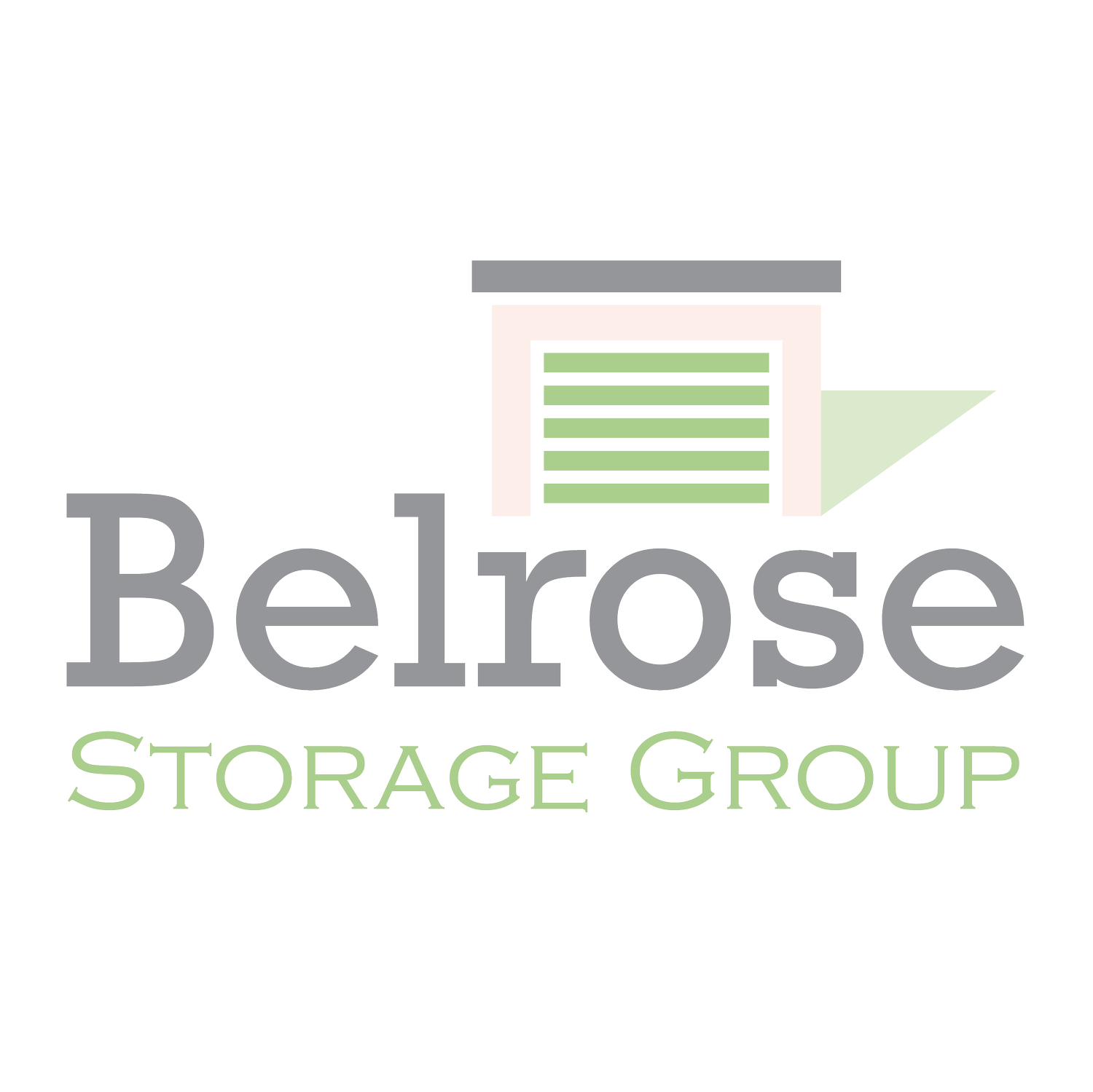What Are Buyers Looking for in a Self-Storage Facility?
If you’ve ever bought a home, you’ve likely gone through the process of getting the property inspected, evaluating areas of concern, and negotiating repairs (or cost adjustments) with the seller before closing.
A similar process occurs when an investor is purchasing a potential new property. With future earnings and return on investment (ROI) on the line, however, this process tends to be more involved than the average homebuying experience. Investors need to understand the earning potential of their future investment, weigh the current supply and demand, and assess the property’s physical condition.
This process is called due diligence, and it’s a critical component of the buying process for self-storage facilities—or really, any type of alternative investment.
In 2024 especially, facilities are being put under more scrutiny by buyers than in previous years. Below, we’re discussing what due diligence is and which factors buyers are most likely to consider when purchasing a new investment property.
What Is Due Diligence?
Once an offer has been placed on a storage facility, the buyers typically have between 30 and 45 days to conduct due diligence. This is the time for buyers to ask questions, look at the financials of the property, and determine whether it’s a viable investment opportunity.
By asking the important questions and digging deep into the facility’s previous financial performance, investors can better choose between various investment opportunities. At Belrose, we take the due diligence process very seriously, as it’s helped us make prudent decisions based on what we believe is best for our investor community.
Recent Trends in Due Diligence
Unlike many industries, self-storage thrived during the COVID-19 pandemic. People were relocating out of major metropolitans, downsizing, and otherwise changing their living situations—creating higher demand than usual for self-storage.
As we’ve transitioned to a period of recovery, however, the self-storage industry has slowed (essentially “course correcting” after periods of immense growth). Still, demand remains above pre-pandemic levels.
Because demand has slowed down, competition for facilities has slowed as well. That means, in general, today’s buyers are less willing to compromise on certain issues as compared to just two or three years ago. With greater bargaining power, buyers are paying closer attention to:
Physical condition and building repairs: Generally speaking, buyers are placing more scrutiny on potential maintenance issues or building repairs, asking sellers to either address them before closing or lower the sale price.
Past performance: In addition to the physical condition of the building, buyers are paying closer attention to the property’s past performance. Things like rental rates and occupancy rates are coming under the microscope during the diligence process, and it’s likely this will continue to be a top priority for buyers in the coming years.
Top Concerns for Buyers
What, specifically, do Belrose and other property buyers look for during the due diligence process? Let’s break down some top areas of interest:
Occupancy Rates
Occupancy rates, a history of rental rates, and delinquency rates are a few of the most important financial factors to consider at this stage of the buying process. You can also use this information to verify how accurate the facility’s reported income is, as well as make yourself aware of possible changes or red flags (such as high move-out rates) that could impact your earning potential.
Inspection Reports
Buyers should attain detailed inspection reports completed by an experienced, third-party inspector. By understanding the condition of the building now, you can identify (and potentially negotiate) the cost of necessary repairs or maintenance concerns. The more thorough the inspection report, the better you’ll be able to estimate future costs. Poor building conditions could even delay your opening day or require you to spend more on repairs than you’re comfortable with.
Supply and Demand
A big factor we focus on during the due diligence process is the current (and future) state of facility supply and demand. We consider how the population surrounding the facility is trending, meaning if it’s continuing to grow or shrinking—as this will impact both occupation rates and rental rates. We also look at whether another facility is being constructed, or will soon be constructed within the community. More supply can potentially outweigh weak demand.
Financial Reports
In order to assess the earning potential of a facility, it’s important to understand its current and past financial standings. Financial reports and tax returns, for example, can paint a telling picture and help you estimate your future cash flow and return on investment.
Thinking About Buying a Facility?
When pursuing an investment opportunity on your own (such as owning a self-storage facility), every single aspect of the process is in your hands—from finding the right opportunity to conducting due diligence, overseeing the new build construction or renovations, marketing, day-to-day operations, legal obligations, etc.
Working with a sponsor like Belrose, however, enables you to leverage the expertise of an entire team of experienced real estate professionals. We’ve developed an in-depth due diligence process that helps us identify and evaluate the critical factors shared above (so you don’t have to).
Simply put, we take care of all the important details that go into a successful facility purchase so our investors can spend less time managing their investments and more time doing what they love—being with family, traveling, exploring new hobbies, and more.
To learn more about our due diligence process, send us a message at info@belroseam.com.

